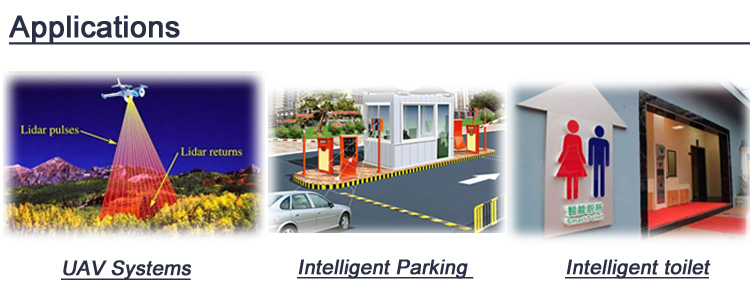Fertilizer when appropriate, excessive prone to cause damage. If the fertilization concentration is too large, especially when the weather is hot and dry, the concentration of the soil solution is likely to be greater than the concentration of the root cell fluid, so that the cells lose water and the plasmolysis occurs, resulting in fertilizer damage, and the stems and leaves withering. Therefore, fertilization should pay attention to see the sky, see trees, see fertilizer, should be light should not be concentrated, appropriate amount of timely application to prevent the occurrence of fertilizer.
Types of fertilizers
Water-type fertilizer damage. Due to too much fertilizer or insufficient soil moisture, the concentration of fertilizer in the soil is large, which causes reverse osmosis of water within the fruit trees, resulting in dehydration of the fruit trees, which often causes the fruit trees to appear wilting, like frostbite or boiled water, as light affects the normal growth of the crops. Development, severe death.
Burn-type fertilizer. When ammonium bicarbonate is used under relatively high temperatures, it is prone to produce large amounts of ammonia, burn the leaves of the crops, and the tips of the lower crops are yellowed, while the heavy ones are dead on the other side.
Poisonous fertilizers. Some fertilizers, such as lime nitrogen, will be decomposed in the soil to produce a toxic substance that will poison the roots of the crop. After the application of excess ammonium sulfate, the roots of the crop will become black due to the poisoning of hydrogen sulfide, causing crop growth to be hindered or even to death.
Fertilizer remedies
1, a reasonable choice of fertilizer varieties. Perennial fruit trees should be dominated by soil miscellaneous fertilizers and organic fertilizers. Fertilizers and organic fertilizers should be used in combination to reduce the occurrence of fertilizer damage. The same chemical fertilizer, containing chlorinated fertilizer is the most prone to fertilizer damage. Nowadays, there are many kinds of fertilizer on the market, and the quality is uneven. The majority of farmers should pay special attention when choosing.
2, improve the fertilization method. Winter and spring basal fertilization should be applied along the open canal along the outside of the canopy. The depth and breadth of each groove should be 20-30 cm. After the application, the soil should be covered with soil and sprayed with 800 times the new high fat film to increase the utilization of the effective components of the basal fertilizer. Fertilizer as topdressing application, should be poured with water, or when the soil is wet after rain, combined with top dressing 800 times the new high-fat film to increase the efficiency of top dressing utilization.
3, control the amount of fertilizer. In particular, for nitrogen fertilizer, for a fruit tree with a general yield of 50 kg, the urea dose per plant should not exceed 100 g, and the other nitrogen fertilizer should not exceed 250-300 g. For young and sick fruit trees, small amount of multiple application should be advocated.
For those who have already suffered from fertilizer damage, remedial measures should be taken to dig the soil from the fertilization site, apply water to the soil inside the hole, dilute the concentration of the soil fertilizer solution, and cut off the rough roots that have already been rotted, and then cover the new soil. The branches are trimmed, and the trimming mouth is smeared in time to protect the wound tissue from healing and to prevent the invasion of bacteria. At the same time, general garden general spray tree maintenance and disinfection to reduce bacteria.
Disclaimer: Some articles in this website have been transferred from the Internet. If you are involved in third party legal rights, please inform this website. phone
Industrial 100Hz LiDAR Solutions
Industrial Laser Distance Sensor of the IT02S & IT03M series are designed for measurements of moving targets. The LiDAR distance sensor is a ToF (Time of Flight) LiDAR sensor capable of measuring the distance to an object as close as 3 centimeters and as far as 15 meters! The LiDAR laser sensor is widely used in many innovative applications on the market, including smart dustbin, unmanned supermarket etc.long distance control system.
Application areas of the sensor are:
> Harsh environments, like outdoors in strong sunlight
> Black surface can be up to 8m
> UAV/Drone Systems
> Intelligent Parking
> Smart Measure Systems
> Intelligent toilet

Industrial Lidar Sensor,Tof Laser Measurement Module,Tof Sensors,Time Of Flight Distance Sensor
Chengdu JRT Meter Technology Co., Ltd , https://www.accuracysensor.com